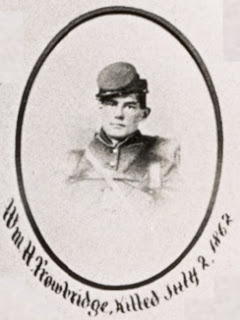But an 1836 property advertisement in the Boston Post paints a delightful picture of just such a bounty in the block bounded by present-day Washington Street, Davis Avenue, Waverly Street, and Thayer Street.
The Grounds are extensive and filled with all the choicest fruit, flowering shrubs, vines, herbaceous plants, &c, adapted to out door culture—a part as follows: Several hundred ornamental and fruit trees, pears, peaches, plums, Cherries, apples, &c, all in bearing state—ten large strawberry beds, (will produce this season five hundred boxes—200 currant, red and white Dutch raspberry and gooseberry—from six to ten hundred rose bushes—many hundred herbaceous plants, Dahlias, &c—large bed of tulips—border of pinks. A Grapery, containing 21 different kinds, and will probably produce three tons this season—the fruit, vines, &c are all of the choicest kinds and selected with great care and experience, and all in the most flourishing condition.
Seth Thayer's house was on land belonging to the Davis family. (He wife was a Davis.) His brother Isaac's house was on Washington Place, later renamed Davis Avenue, on a part of the land purchased by the brothers. Here's how he described it in the ad:
The house is large and every way convenient—containing on the ground floor, two parlors with folding doors--broad entry from front to rear—sitting room—kitchen, washroom &c. It commands a view of the city and surrounding country, and of the travel on four great roads.
 |
| The house built in 1832 by Isaac Thayer as it appeared in the late 19th century under the ownership of Frederick and Lucy Beck. Source: A History of the Beck Family (1907) |
The property did not sell in 1836. Thayer advertised it again (with much less description) in May and June 1837. It was eventually sold to James Patten. (The date of the sale is uncertain.) A new Town Hall on Washington Street in 1844 and the coming of the railroad to Brookline Village in 1847 spurred extensive development in the neighborhood. The property was subdivided into many parcels in the following decades, no doubt with the loss of much of the horticulture.
The former Thayer house and its much reduced property were acquired by Frederick and Lucy Beck around 1869.
 |
| This partial map from the 1874 Brookline atlas shows the former Isaac Thayer property broken into several parcels filled with new development, especially on the Washington Street side. The large pink property marked F. Beck includes the original Thayer house. Source: WardMaps LLC |
 |
| 43 Davis Avenue as photographed after the blizzard of November 1898 Source: A History of the Beck Family (1907) |
 |
| Berkeley Court, off Davis Avenue, on the site of the former Thayer (later Beck) house. (Via Google Earth) |
 |
| The former Isaac Thayer property on a 2016 map (Via Google Maps) |
 |
| This advertisement for an auction of Isaac Thayer's property appeared in the Boston Post on May 30, 1836. (Click the ad for a larger view) |


















